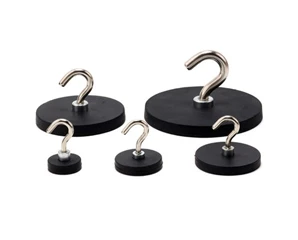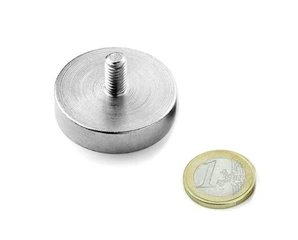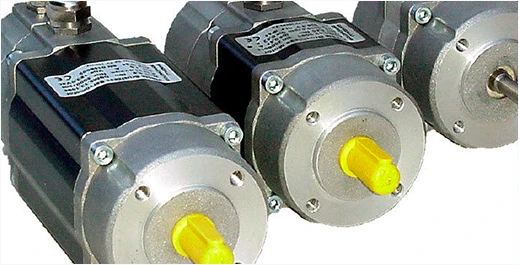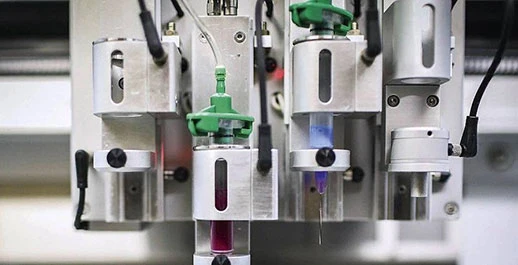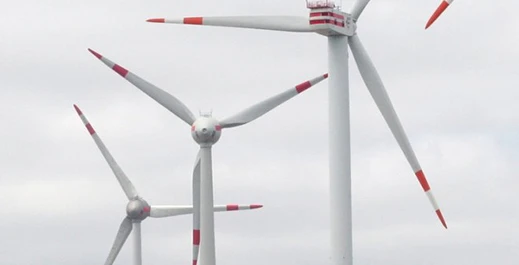Neodymium magnets, also known as neodymium iron boron magnets, are tetragonal crystals composed of neodymium, iron and boron. This magnet is the most commonly used rare earth magnet and is widely used in electronic products such as hard drives, mobile phones, headphones, battery-powered tools, etc. N35 and N52 magnets are two common grades of neodymium magnets. But many people don't know what is the difference between N35 and N52 magnets. NdFeB magnets are graded by the maximum strength that can be magnetized. The higher the number, the stronger the permanent magnet, but the more brittle the magnet becomes.
N35 neodymium magnets refer to sintered neodymium-iron-boron magnets with an intrinsic coercivity of 33-36MGOE at KOE. The maximum energy product of N35 NdFeB material is 270kA/m3. First of all, we can know from n35 that this is a NdFeB magnet, N35 is only one of the performance grades of NdFeB magnets, and 35 represents the maximum magnetic energy product. N35, N38, N40, n42, n45, n52, etc. are arranged in this way. The higher the grade, the stronger the magnetic force and the more expensive the price. At present, N35 is a relatively common one on the market. Of course, there are also many magnet manufacturers that provide N35 or less, such as N33, N28 and so on.
The N52 is a much higher grade with a maximum energy product of 48-51MGOE. The maximum magnetic energy product of N52 NdFeB material is 400kA/m3. N52 neodymium magnets have a high strength-to-size ratio and are typically used in applications that require small, strong magnets. Examples include electronics, scientific applications, and household items such as latches that need to hold components securely. However, strength is not the only factor that should be considered when choosing the desired magnet grade. Some customers mistakenly specify N52 neodymium magnets only based on the material's high-energy product. They might think that a stronger magnet grade would yield better performance, but that's not always the case. The force that an N52 magnet can withstand will vary depending on a number of factors.
Under the premise of the same specifications, the magnetic attraction force of N52 is much greater than that of N35. NdFeB strong magnets are generally divided into N35/N38/N40/N42/N45/N48/N50/N52 and so on. The most obvious difference between the various performance classes is the difference in magnetic properties. For example, for products of the same specification, the higher the performance level, the better the magnetic properties of the product. However, the NdFeB magnet is a surface molecule and its active product. Therefore, the surface of NdFeB strong magnets must be electroplated, such as zinc plating, nickel plating, nickel copper nickel plating, epoxy resin and so on.
The N52 grade magnets are the highest grade of permanent neodymium magnets on the market. All N52 NdFeB magnets offer the same 52MGOe (scientific matter) as high-energy rare earth magnets, regardless of their size or shape, or a magnetic flux density of 1.44 Tesla (more scientific matter). Of course, the actual holding force increases as the size of the magnet increases. In comparison, grade 52 magnet neodymium super magnets are 14% stronger than N45 neodymium magnets and 60% stronger than other neodymium magnets when they are the same shape and size. N52 grade neodymium magnets are professionally designed and crafted with tight tolerances and strong performance. N52 grade rare earth magnets are more powerful than N35 grade magnets of the same size.


